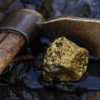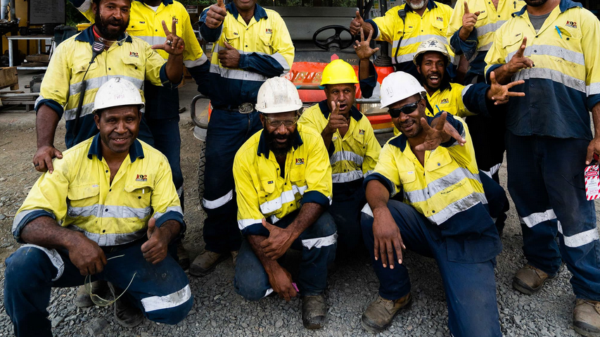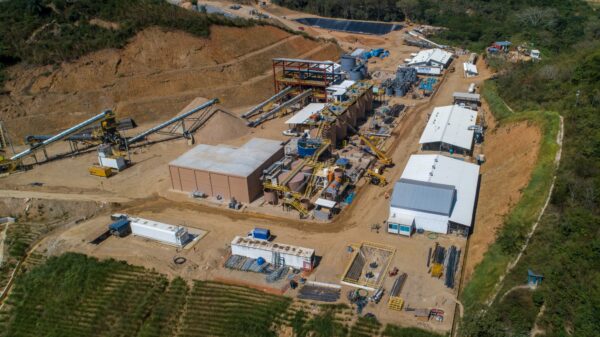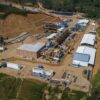A sharp rise in mining activity that started in the mid-2000s, primarily attributable to a spike in gold prices after the 2008 financial crisis, has caused tremendous damage to tropical rivers throughout the globe — according to a study published in Nature last month.
The study found that over 35,000 kilometres of tropical rivers on our planet have been impacted by mineral extraction over the past 37 years, a conclusion based on millions of measurements from satellite images of 173 rivers within 49 countries, in 396 mining districts.
It discusses how the rivers devastated by mining, much of which is done illegally, have increased rates of diseases and mortality in fish and other aquatic life. Approximately 90 per cent of river mining discussed in the study is attributable to gold extraction and the remaining 10 per cent is linked to other precious metals and diamonds.
The price of gold, which has risen by over 530 per cent since the year 2000 when it was worth approximately $415 per ounce, has inspired small-scale miners and criminal organizations to mine the commodity in recent decades. Today, gold is worth $2,618.21 per ounce.

Chart via mining.com
“The increase in river mineral mining in the past 15 years, at a time of global financial insecurity, has occurred despite governmental bans or restrictions on the practice in many regions,” reads the study.
“The rapid global increase in river mineral mining in the past two decades has occurred during a period of increased global insecurity and high demand for precious minerals,” it continued.
“Despite some efforts to regulate and formalize river mineral mining, environmental consequences have been transmitted to rivers in almost every region in which river mineral mining occurs.”
A major, 21st century mining boom is happening in rivers across the global tropics. Our new paper in @Nature documents the mostly unreported rise of mining in 49 countries, in more than 400 districts along 173 rivers.
Read here and please share! https://t.co/3C5fILSLct pic.twitter.com/cLaFvUzmrQ
— Evan Dethier (@evandethier) August 23, 2023
Read more: Calibre Mining reports record breaking sales and increased net income in Q2
Read more: Calibre Mining expands resources from open pit at Nevada’s Pan Gold Mine
Illegal unregulated mining is also quite dangerous for those involved for an assortment of reasons, including mercury poisoning. On Friday, 30 people were killed in a landslide linked to a small-scale illicit mining operation in Nigeria.
In the Brazillian Amazon, the rate of deforestation attributed to illegal mining rose by over 90 per cent between 2017 and 2020, primarily because of the high price of gold — according to a 2021 article in the journal Regional Environmental Change.
Certain companies with regulated gold mining operations like Calibre Mining (TSX: CXB) (OTCQX: CXBMF) have been making strides to minimize their environmental footprint and have a positive impact on the communities in which they work in recent days. Calibre had no significant environmental incidents last year and increased its rate of water recycling by 31 per cent from 2021 to 77 per cent.
The company also accelerated its annual rate of waste recycling at its international operations by 22 per cent in 2022 to 59 per cent.
Calibre Mining is a sponsor of Mugglehead news coverage
rowan@mugglehead.com














